
Forced Entry Standards
The following article is provided as a technical reference to assist architects and security professionals in applying forced entry standards and/or evaluating the vulnerability of existing security barriers in situations where active shooter violence is a primary threat concern.
Table of Contents
The key performance measure of an anti-personnel barrier is its delay time as determined by adversary tools and methods. Ideally, all barriers defining an independent protective layer (e.g., doors, glazing, locks, etc.) should be designed using the principles of balanced protection and provide delay as required to meet the system performance goal. Like a chain whose strength is defined by its weakest link, a protective layer (e.g., building facade, secure lobby, safe room, etc.) is only as effective as its weakest barrier or most easily exploited bypass.
For many types of barriers (e.g., reinforced concrete walls, glass glazing, etc.), delay time against some entry methods can be estimated by referencing testing data as published in Sandia National Laboratories’ Barrier Technology Handbook.[i] In the late 1970’s, Sandia collated penetration test data about different barrier types and construction variations to serve as a standard reference for security planners in the U.S. Government community. To this day, the Barrier Technology Handbook remains the “gold standard” reference for delay time data regarding many barrier types.
Although Sandia’s Barrier Technology Handbook is a useful reference, there are many barrier types and construction variations common today in commercial and academic facilities that were not tested or documented at the time of publication. Additionally, many methods of entry documented by Sandia have limited application in protecting against an adversary using a firearm as an aid in barrier penetration. For example, Sandia cites the mean delay time for penetrating 1/8″ tempered glass with a blunt tool (hammer) as 0.5 minutes.[ii] In penetration tests our company conducted of tempered glass windows using several shots from a handgun to penetrate glazing prior to impact by hand, delay time was approximately 10 seconds.[iii]
In the absence of reliable delay time data for many barrier types, security planners often need to rely on performance standards and ratings developed by organizations such as ANSI, ASTM, UL, CEN, and others. The best standards for specifying manufactured barrier products in a performance-based physical security design are those that most closely replicate the methods and tools likely to be employed by the defined threat and rate products based on delay time performance.
Several specification standards encompass impact testing and employ delay time performance as the primary basis for rating doors, glazing, and wall systems. Some of these standards include the U.S. State Department’s SD-STD-01.01, ASTM F3038-14, CPNI Manual Forced Entry Standard (MFES), and LPS 1175. [iv][v][vi][vii]
US Department of State SD-STD-01.01
The SD-STD-01.01 test protocol is designed to replicate the conditions of a mob attempting to forcibly penetrate a barrier specimen. The protocol involves a series of ballistic tests against different parts of the specimen (shotgun, 5.56mm, and 7.62 NATO), and forced entry tests involving a team of aggressors conducting a series of attacks against the specimen at different parts with the use of various tools (e.g., ram, sledgehammer, saw, bolt cutters, pry bar, chisel and hammer, etc.). The tools and number of active test personnel varies based on time of test. Specimens are rated according to their timed forced entry-resistance against three attack levels: Five minutes (two test personnel), Fifteen minutes (six test personnel and larger range of tools), or Sixty minutes (six test personnel and greatest range of tools).
ASTM F3038-14
The ASTM F3038-14 testing protocol is structured similarly to SD-STD-01.01, but with some differences regarding number of attackers, ballistic resistance testing, and rating scale levels. ASTM’s testing approach involves six persons conducting a series of aggressive attacks against the barrier specimen with the use of various tools (e.g., ram, sledgehammer, saw, bolt cutters, pry bar, chisel and hammer, etc.). Different parts of the barrier are subjected to independent timed tests. When an opening large enough for test shape is breached and the object is passed through, the test is concluded. Specimens are rated according to their timed forced entry-resistance against four levels of attack: Five minutes, Fifteen minutes, Thirty minutes, or Sixty minutes.
CPNI Manual Forced Entry Standard (MFES)
In the United Kingdom, CPNI’s Manual Forced Entry Standard (MFES) uses delay time against forced penetration as the basis for assigning performance ratings. The CPNI standard defines three levels of adversary (Novice, Knowledgeable, and Expert) in alignment with three threat levels (BASE, ENHANCED, and HIGH). Testing under each threat level involves two attackers, and each adversary category defines specific capabilities (e.g., tool sets, skill and experience, product knowledge, etc.). MFES resistance time classifications are defined by describing the threat level and delay time performance in increments from 0-20 minutes.
LPS 1175
The UK’s LPS 1175 also uses delay time as the basis for designating Security Ratings for barrier products including doors, windows, etc. Tests involve a single adversary and eight tool categories (A, B, C, D, D+, E, F, G), including a diverse range of impact, prying, and power tools. Each category references an adversary tactic, skill, tool set, desire to remain covert or overt, and motivation. Warrington Certification’s STS 202 is another standard in the U.K. encompassing similar test protocols and a delay time rating scheme.[viii]
Challenges in applying common specification standards in active shooter planning
Unfortunately, all of the aforementioned standards (SD-STD-01.01, ASTM F3038-14, CPNI MFES, LPS 1175, and STS 202) encompass tests with tools unlikely to be encountered in armed assaults (e.g., sledgehammers, chisels, pry bars, power tools, etc.). Also, the number of test personnel used in SD-STD-01.01 (at higher levels) and ASTM F3038-14 is much greater than realistically expected in armed attacks in Europe or North America. For standards such as these, choosing a barrier by simply matching delay time ratings to literal delay time goals may result in overkill for situations where protection against armed attacks is the principal objective. Although there is nothing wrong with conservative specification when the risk level is high or funds permit, many organizations with limited budgets may be wasting money that could be applied elsewhere.
Other standards employ pass/fail tests as the basis for rating. One example is ASTM F1233-08 (Standard Test Method for Security Glazing Materials and Systems), a common standard for defining requirements against forced entry in the United States.[ix] The ASTM F1233-08 protocol has a ballistic testing component and separate tests for forced entry protection using different tools based on five resistance classifications. Although the ASTM F1233-08 standard has merits for certain applications and includes a test procedure for ballistic resistance, the tool sets and sequence of tests defined in ASTM F1233-08 do not realistically replicate the methods of entry and tools likely to be employed by armed attackers in live assaults.
UL 972
Another American standard, UL 972 (Burglary-Resisting Glazing Material) uses dynamic load testing to simulate burglary attempts by the use of blunt object impact.[x] The UL 972 standard employs two separate procedures for High Impact Testing and Multiple Impact Testing. Both test procedures employ a 5 lb (2.3 kg) steel ball dropped at different heights (single impact at 40 feet and five impacts at 10 feet). UL 972 is not optimal for specifying protection against forced entry in active shooter attacks. First, the testing procedure in UL 972 does not consider the potential fragility of a glass specimen after first being penetrated by firearm projectile. Additionally, dynamic load testing does not provide useful delay time data necessary for determining the effectiveness of a safe room as one of several protective layers in an overall physical protection system (PPS) design. Quantitative performance-based PPS analysis tools, such as the Estimate of Adversary Sequence Interruption (EASI) model, require delay time input values that cannot be inferred from UL 972’s pass/fail type tests.[xi]
EN 1627-1630
EN 1627 and related standards EN 1628, EN 1629, and EN 1630 are commonly used in Europe and elsewhere to specify protective requirements for doors, windows, and similar barriers.[xii][xiii][xiv][xv] Tests performed under these standards include pendulum impactor strikes at various points to simulate a forced entry by kicking or blunt object impact (EN 1629), static load imparted by a mechanically-operated pressure pad system (EN 1628), and timed forced entry using various tools (EN 1630). Specimens are rated into one of six resistance classes based on overall performance against dynamic and static load tests and timed tool tests (e.g., cylinder extraction, cylinder twisting, etc.). Each resistance class relates to an anticipated threat (burglar, tools, and tactics) as defined in EN 1627. Unfortunately, as described previously regarding UL 972, dynamic and static load testing is not useful in a security design based on delay time objectives or collective PPS performance. Additionally, the tool sets defined in EN 1630 are also mostly burglary tools irrelevant during active shooter attacks.
EN 356
EN 356 is another CEN standard related to vulnerability of glazing systems against forced entry methods.[xvi] EN 356 uses a dropped impactor (4.11 kg steel sphere) and separate testing with a mechanically-operated fire axe to simulate burglary methods. Resistance against impact energy (based on height of impactor drop) and number of axe strikes determines the category of resistance. In the author’s opinion, EN 356 is also a suboptimal standard for defining protective requirements in safe room design for similar reasons mentioned in reference to EN 1627-1630 (e.g., tool sets, dynamic load resistance versus delay time, etc.).
ANSI/BHMA A156
Two related standards regarding mechanical locks with application in defining requirements for active shooter protection are ANSI/BHMA A156.2 (Bored and Preassembled Locks and Latches) and ANSI/BHMA A156.13 (Mortise Locks and Latches).[xvii][xviii] The ANSI/BHMA test procedures are designed to certify the durability, function, and strength of mechanical locks and latches against a series of static force and torque tests. Lock sets are classified into three grades (Grade 1-3) according to performance on all tests. Outside the United States, EN 12209 includes many of the same types of tests. Although ANSI/BHMA A156 and EN 12209 do not employ delay time as a basis for rating, they are some of the few standards that specifically evaluate door locksets against physical force. Most other standards related to security of mechanical locks (e.g., UL 437, EN 1303, etc.) evaluate performance against tool-aided methods of entry applicable to burglary (e.g., picking, impressioning, drilling, extraction, etc .) but unlikely to be used in armed assaults.
Some additional standards with potential application in specifying barrier products for use against forced entry include:
- ASTM F2322 – Physical Assault on Fixed Horizontal Barriers for Detention and Correctional Facilities
- ASTM F426 – Standard Test Method for Security of Swinging Door Assemblies
- ASTM F1915 – Standard Test Methods for Glazing for Detention Facilities
- ASTM F1450 – Standard Test Methods for Hollow Metal Swinging Door Assemblies for Detention and Correctional Facilities
[i] Barrier Technology Handbook, SAND77-0777. Sandia Laboratories, 1978.
[ii] Ibid, pp. 16.3-39.
[iii] Critical Intervention Services assisted a window film manufacturer in 2015 in conducting a series of timed penetration tests of unprotected tempered glass windows and glazing reinforced with anti-shatter film. A marketing video produced by the manufacturer displaying a few of these tests is available online: http://www.solargard.com/school-safety/
[iv] SD-STD-01.01, Revision G. Certification Standard. Forced Entry and Ballistic Resistance of Structural Systems. U.S. Department of State, Bureau of Diplomatic Security, Washington, DC, 1993.
[v] ASTM F3038-14, Standard Test Method for Timed Evaluation of Forced-Entry-Resistant Systems, ASTM International, West Conshohocken, PA, 2014
[vi] Manual Forced Entry Standard (MFES) Version 1.0. Centre for the Protection of National Infrastructure (CPNI), N.p.: 2015.
[vii] LPS 1175: Issue 7.2., Requirements and testing procedures for the LPCB approval and listing of intruder resistant building components, strongpoints, security enclosures and free standing barriers, Loss Prevention Certification Board, Watford, 2014.
[viii] STS 202, Requirements for burglary resistance of construction products including hinged, pivoted, folding or sliding doorsets, windows, curtain walling, security grilles, garage doors and shutters. Warrington Certification Limited, N.p. 2016.
[ix] ASTM F1233-08, Standard Test Method for Security Glazing Materials and Systems. ASTM International, West Conshohocken, PA, 2013.
[x] UL 972, Standard for Burglary Resisting Glazing Material. UL, N.p.: 2006.
[xi] Garcia, Mary Lynn. Vulnerability Assessment of Physical Protection Systems. Elsevier Butterworth-Heinemann, Burlington, MA, 2006.
[xii] EN 1627:2011, Pedestrian doorsets, windows, curtain walling, grilles and shutters. Burglar resistance. Requirements and classification. Brussels: European Committee for Standardization, 2011.
[xiii] EN 1628:2011, Pedestrian doorsets, windows, curtain walling, grilles and shutters. Burglar resistance. Test method for the determination of resistance under static loading. European Committee for Standardization, Brussels, 2011.
[xiv] EN 1629:2011, Pedestrian doorsets, windows, curtain walling, grilles and shutters. Burglar resistance. Test method for the determination of resistance under dynamic loading. European Committee for Standardization, Brussels, 2011.
[xv] EN 1630:2011, Pedestrian doorsets, windows, curtain walling, grilles and shutters. Burglar resistance. Test method for the determination of resistance to manual burglary attempts. European Committee for Standardization, Brussels, 2011.
[xvi] Glass in building. Security glazing. Testing and classification of resistance against manual attack, EN 356:2000. Brussels: European Committee for Standardization, 2000.
[xvii] ANSI/BHMA A156.2, Bored & Preassembled Locks and Latches. Builders Hardware Manufacturers Association (BHMA), New York, NY, 2011.
[xviii] ANSI/BHMA A156.13, Mortise Locks and Latches. Builders Hardware Manufacturers Association (BHMA), New York, NY, 2011.

Craig Gundry
Copyright © 2017 by Craig S. Gundry, PSP, cATO, CHS-III
CIS consultants offer a range of services to assist organizations in managing risks of active shooter violence.
Contact us for more information.
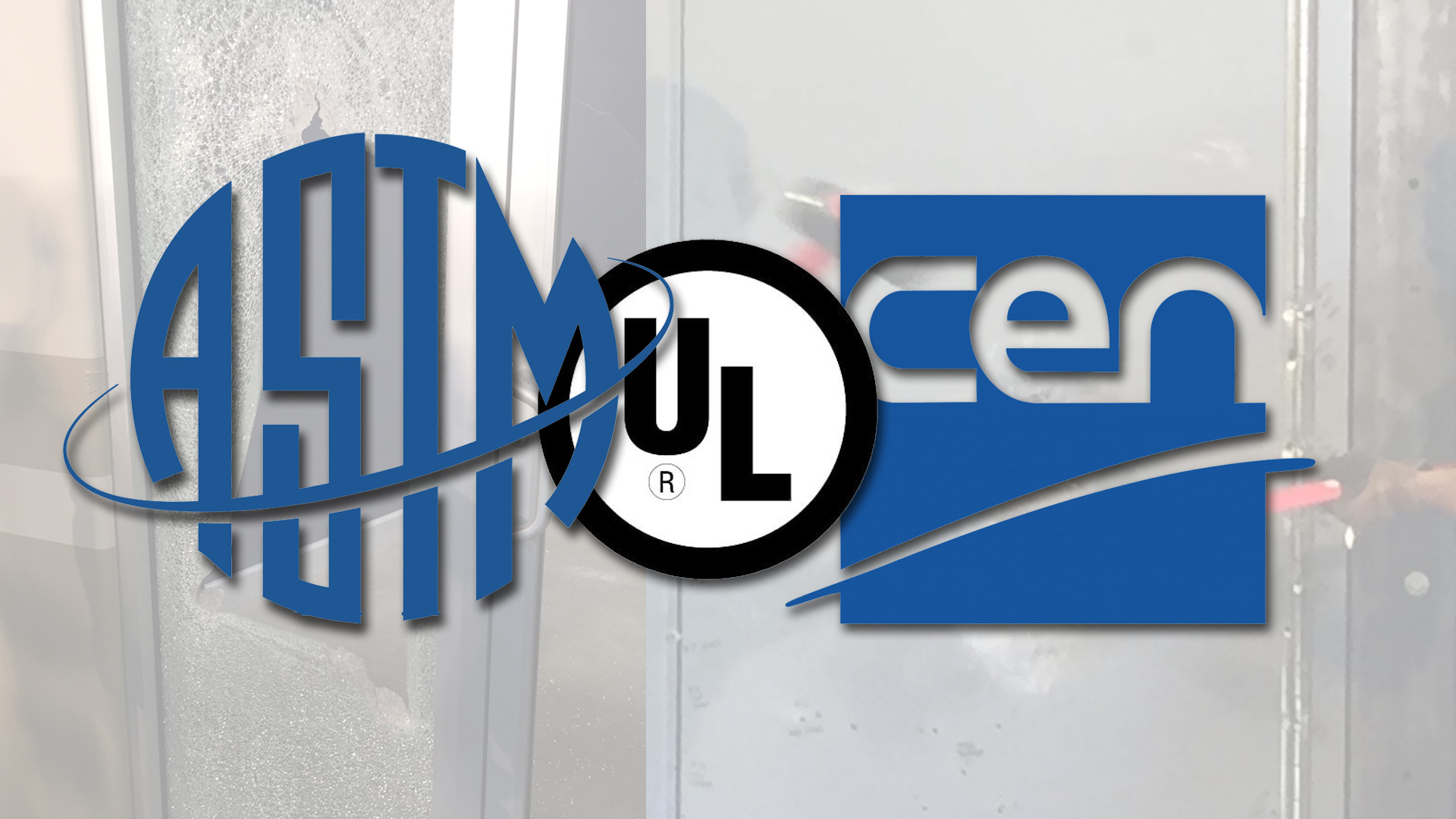
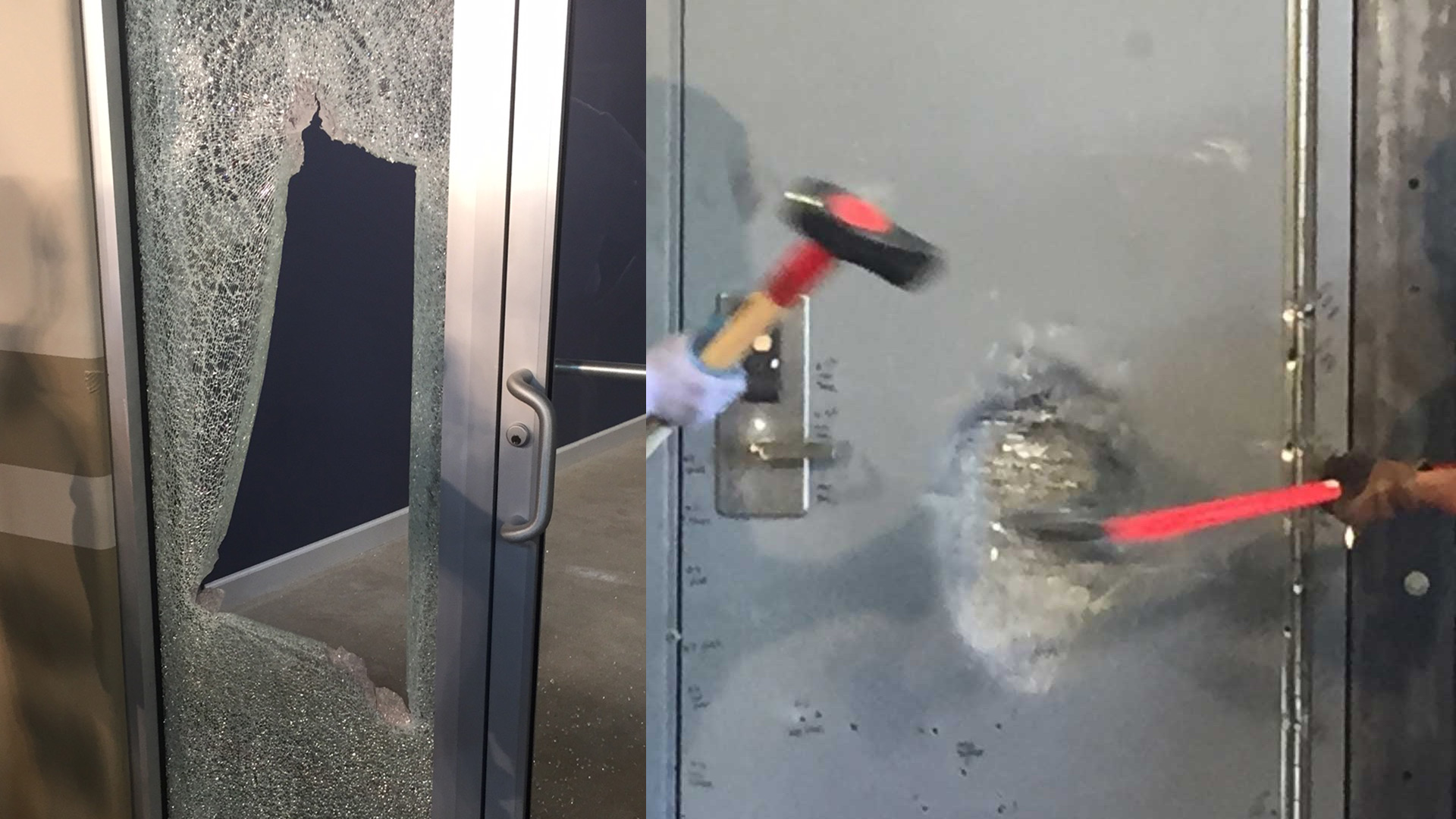
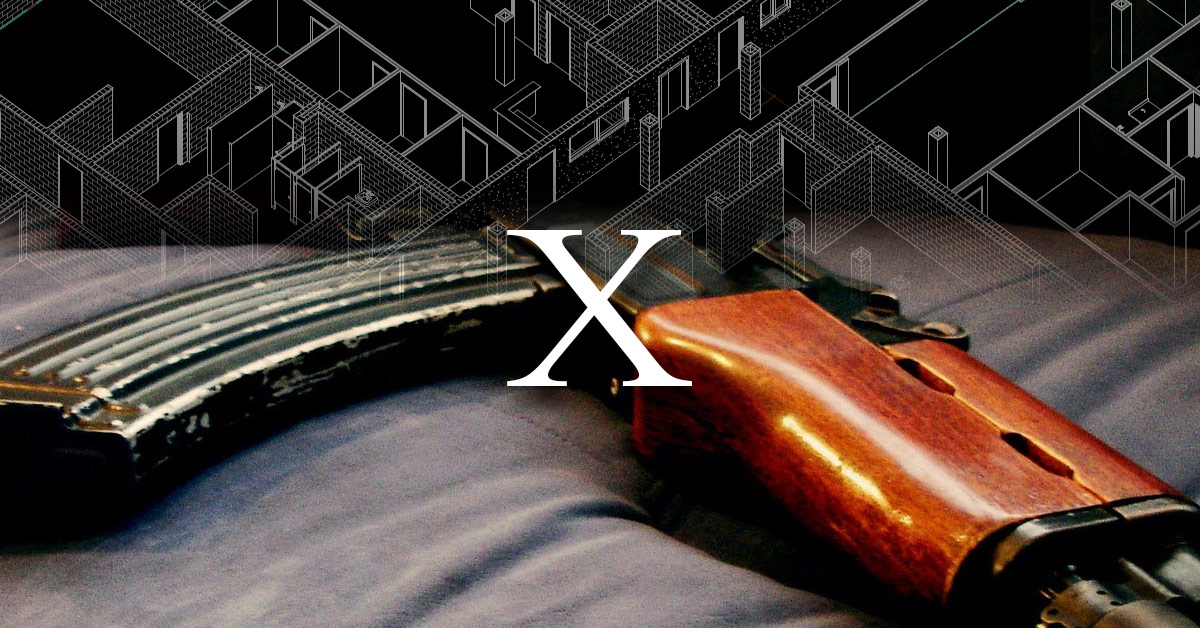
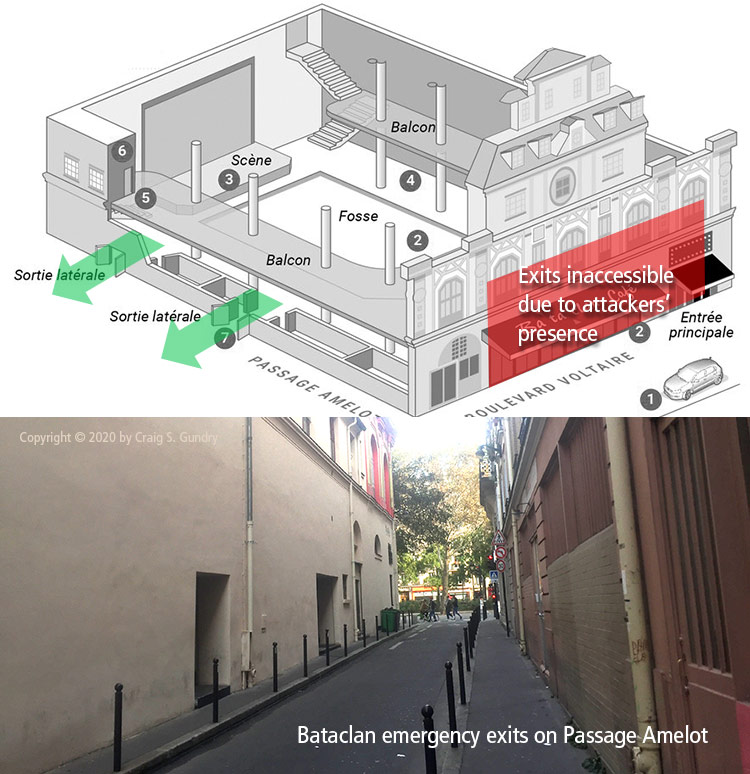
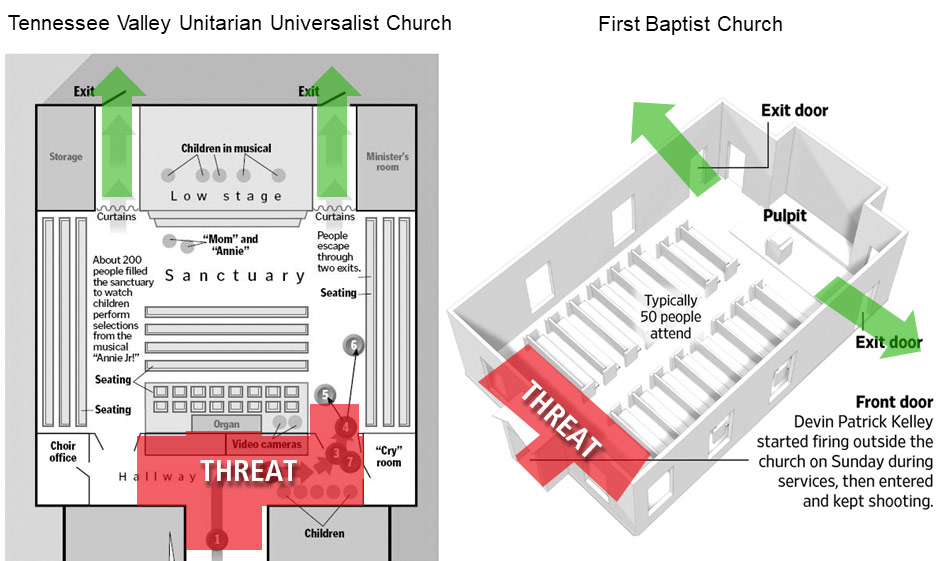
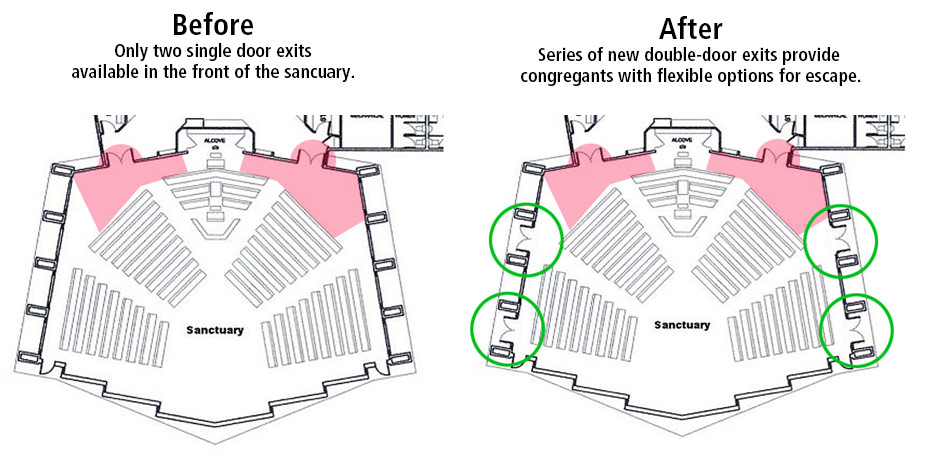
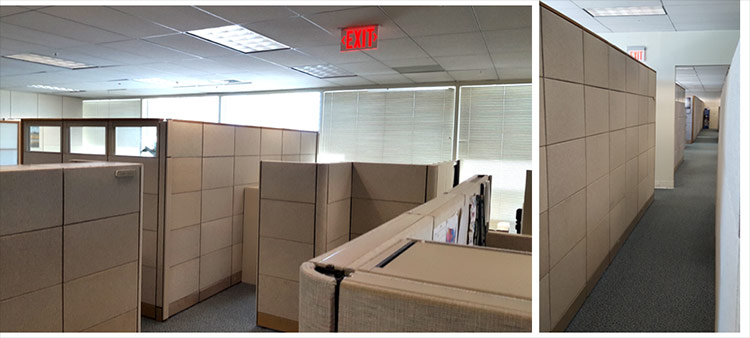
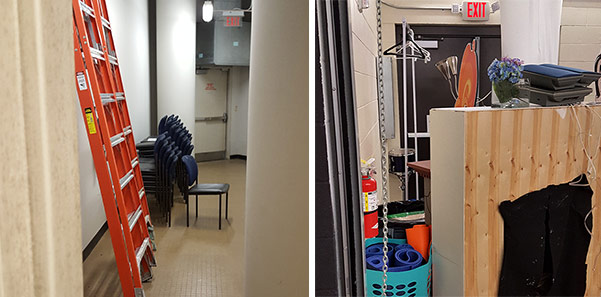
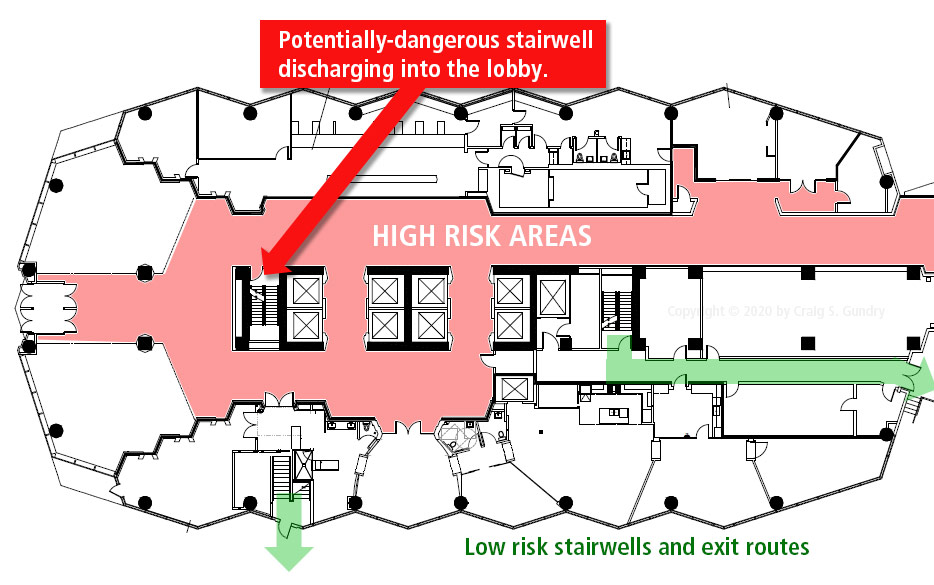
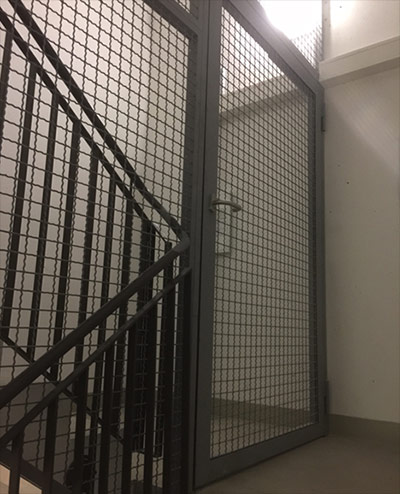
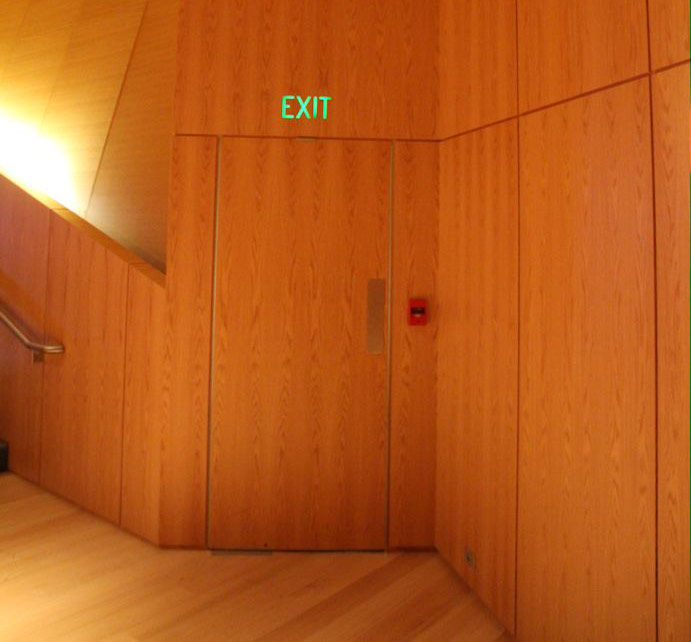
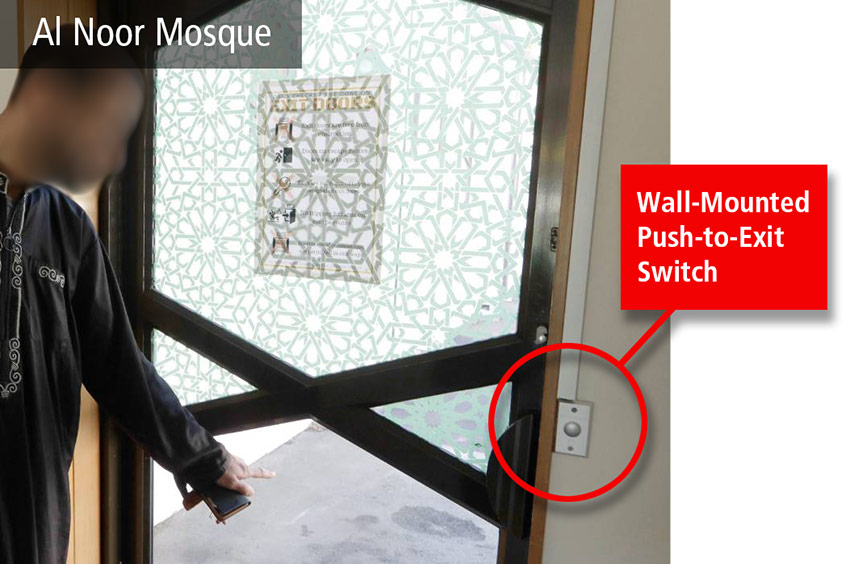
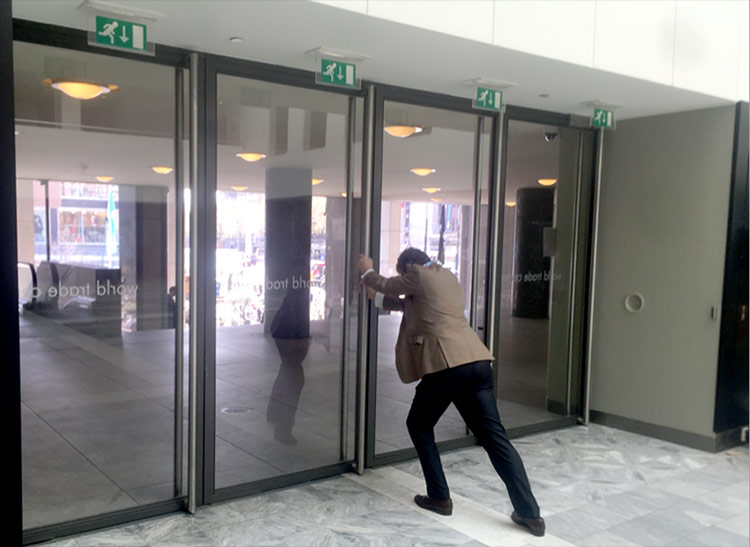
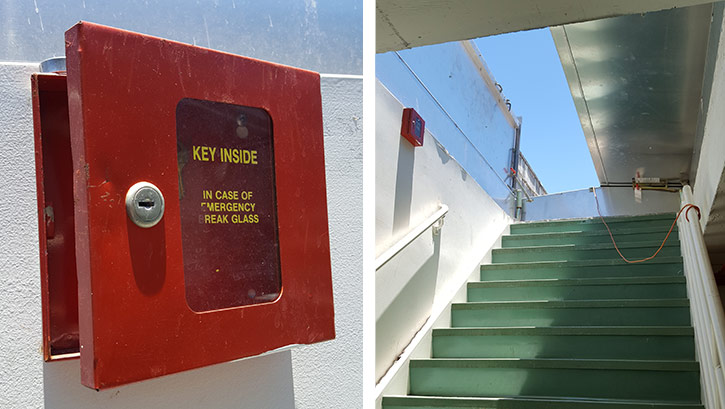
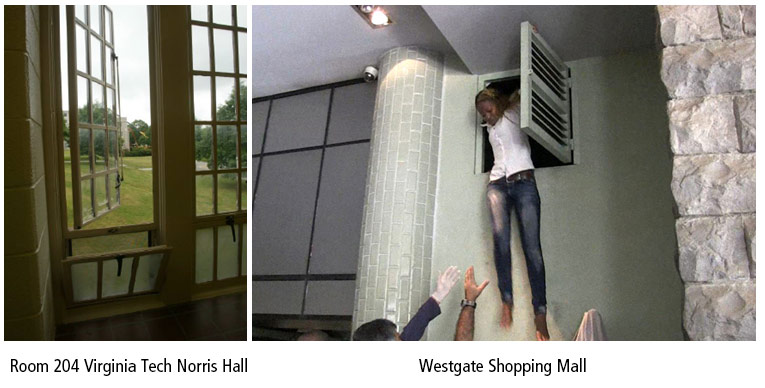
Recent Comments